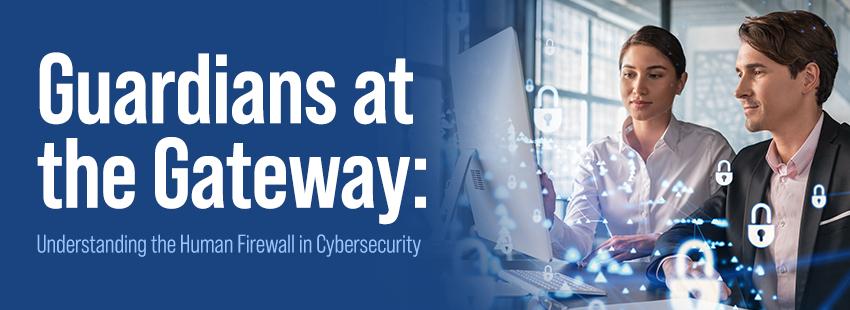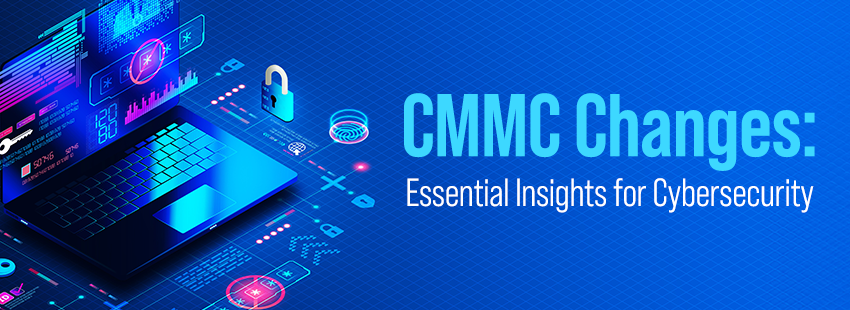There is a powerful concept known as the “human firewall.” It’s a term that underscores the critical role individuals play in protecting sensitive data and digital assets. In this article, we’ll delve into what exactly a human firewall is, why people are often the biggest cybersecurity threat, and how to mitigate these risks effectively.
Understanding the Human Firewall
A human firewall refers to the collective efforts of an organization’s employees and stakeholders to defend against cyber threats. Just as a physical firewall shields a building from external dangers, a human firewall safeguards an organization’s digital infrastructure from malicious attacks. It encompasses actions, behaviors, and security awareness to thwart cybercriminals.
The Human Factor: The Weakest Link
In the realm of cybersecurity, people are often considered the weakest link. While technological advancements provide robust protection, they can’t eliminate human error and vulnerability. Phishing scams, social engineering, and simple negligence continue to be the primary means cybercriminals access sensitive information.
The Psychology of Cyber Attacks
Cybercriminals leverage psychological tactics to exploit human weaknesses. They prey on our emotions, curiosity, and trust, tricking individuals into revealing confidential data or clicking on malicious links. Even the most advanced security systems can’t fully protect against these human-centric attacks.
The Importance of Cybersecurity Training
To strengthen the human firewall, organizations must prioritize cybersecurity training and education. This includes teaching employees how to identify phishing attempts, recognizing social engineering tactics, and understanding the value of secure practices. Regular training sessions help employees stay vigilant and informed.
Building a Resilient Human Firewall
- Awareness: The first line of defense is awareness. Employees should be educated about the latest cyber threats and common attack methods.
- Phishing Simulations: Conduct regular phishing simulations to test employees’ ability to recognize phishing attempts. Provide feedback and additional training as needed.
- Password Hygiene: Encourage strong password practices, including the use of complex passwords and two-factor authentication.
- Data Handling: Train employees on securely handling sensitive data in digital and physical formats.
- Reporting Procedures: Establish clear procedures for reporting security incidents and potential threats. Encourage employees to report anything suspicious promptly.
- Cybersecurity Culture: Foster a culture of cybersecurity within the organization. Make security a shared responsibility and celebrate security-conscious behaviors.
The human firewall is paramount in safeguarding organizations from cyber threats. While technology plays a critical role in cybersecurity, the actions and awareness of individuals are equally vital. Recognizing that people are often the biggest threat underscores the need for ongoing education, training, and a culture of security. By strengthening the human firewall, organizations can build a robust defense against the ever-evolving landscape of cyber threats.
Don’t underestimate the power of your human firewall – it can make all the difference in keeping your organization safe in an increasingly digital world.





